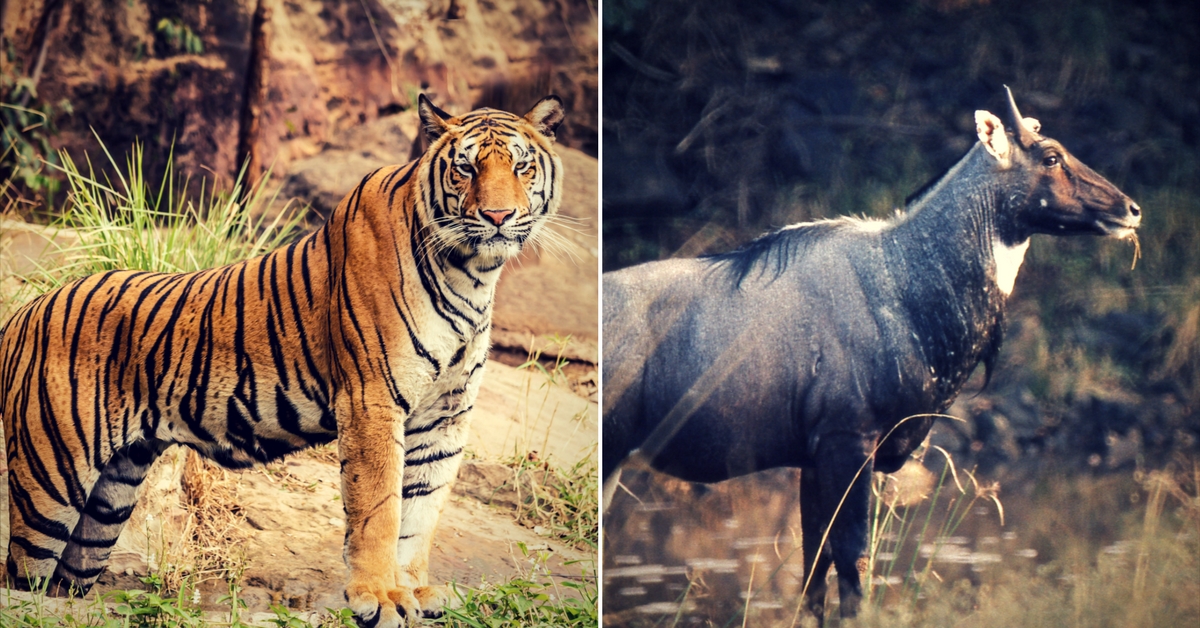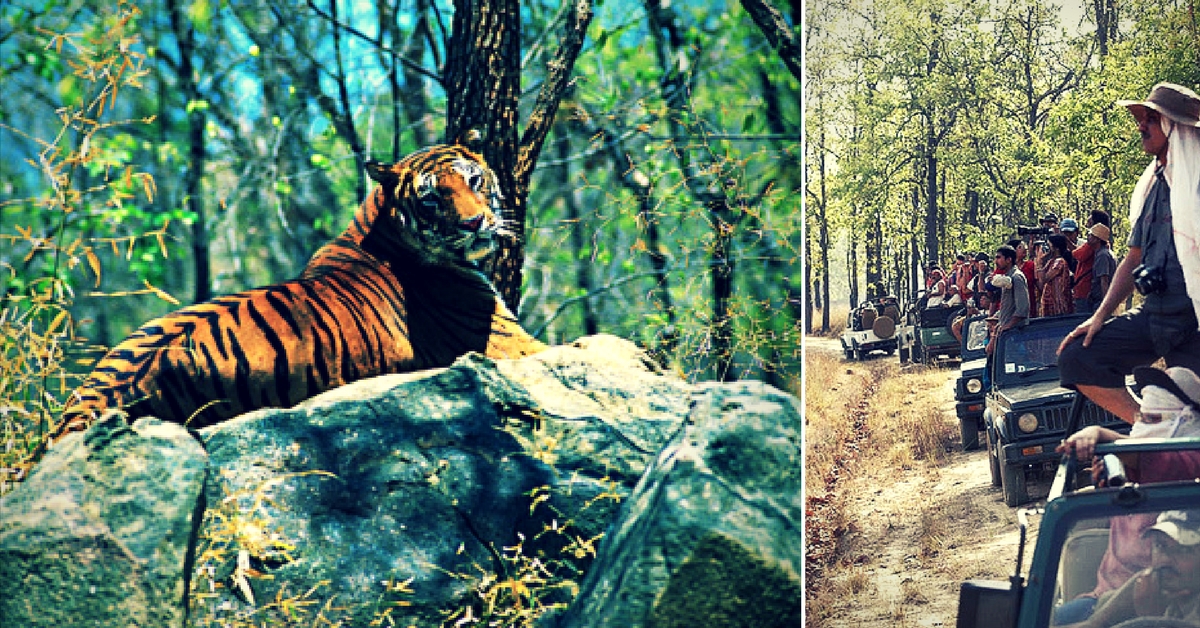Don’t Destroy Nature: How to Be a Considerate Wildlife Enthusiast
Enjoy the scenic beauty of the jungle, but don't destroy the environment.

Visiting a wildlife sanctuary is a thrilling experience, for newbies and seasoned wildlife enthusiasts alike. The joy of seeing animals laze around, and exhibit natural behaviour in their habitats is genuinely gratifying.
Wildlife sanctuaries are a far cry away from the cruel zoo infrastructure, where animals are kept in cramped conditions, with little or no effort to make their life better. Zoos are also over-crowded, full of people who don’t think twice before teasing the poor miserable animals.
A wildlife sanctuary offers the ideal atmosphere. There are designated car-routes, where one can travel in an open-top jeep, and view animals. However, thanks to sheer popularity, sanctuaries have started getting crowded as well.
It isn’t unusual to see a long line of jeeps and other safari vehicles, with people craning to get a look at the elusive exotic species found in our forests.

Obviously, the most sought-after animal is the tiger, and people go out of their way just to catch a glimpse of it. If not, seeing a leopard ‘at least’ is warranted, else what is the use of a safari? The other animals, the herbivores, rarely matter.
Well, the animals one prefers to see is a personal preference. Having said that, there are a few ground rules that sanctuary visitors must obey. Follow these rules, not only for your own safety and benefit but also for the sake of the sanctuary and its wild inhabitants.
1) Dress appropriately: Clothes that cover your arms and legs are preferred, to keep away bugs and insects, or branches that can leave scratches. Stay away from bright clothing, or attire that has trinkets/noisy bells and tassels.Blending in with the surroundings is desired when you are in the animal’s habitat, so as not to startle/surprise them.
2) Do not interact with wildlife: Do not make sounds trying to attract the animal’s attention. You are there to observe them, and not the other way around. If you see a hunt in progress, do not interfere.If you find an injured animal, call the necessary authorities. Most importantly, if you come across a carcass, do not attempt to disembark from your vehicle and approach it. It could be a fresh kill, and the carnivore that finds you near it will not be very pleased.
3) Maintain decorum: This is very important, as you are in the animal’s home. Do not talk loudly, scream or shout, or be a general nuisance. Remember to obey the entrance and exit timings of the park. They are there for a purpose. Most carnivores hunt at night, and you wouldn’t want to find yourself in an unfortunate situation.
4) Respect the surroundings: Needless to say, the jungle should be treated with absolute respect. Do not get down from your transport to pick up souvenirs like bird feathers, or stones. Do not try and light a fire, or smoke inside the sanctuary premises. Do not try and set up camp in areas where it isn’t permitted. Most importantly, do not litter. Carry a separate bag to collect your litter, and dispose of it in a safe location, away from the jungle.
5) Photography etiquette: Do not try getting close to animals for a perfect shot, as it can provoke/scare them, and considerate towards fellow safari-travellers, and refrain from spending hours trying to get a “perfect photo.” Most importantly, do not publish everything you have, on the internet. It has been reported, that poacher use photographs that tourists post online, to find the exact locations of specific animals. While you should take photos and document your safari, exercise some caution to make sure that your prize picture doesn’t put a target on the animal’s back.
You may also like:- Home to Over 60 Tigers, Mudumalai Tiger Reserve All Set to Become Twice Its Size!
National parks and sanctuaries are supposed to be a space just for the animals, because humans have shamelessly eroded their habitat over the years. We are lucky that they exist and so that we can go and observe these animals thrive in their natural habitat. Let us keep enjoying the beautiful and unique sights and sounds that they provide, never forgetting that we must respect it always, at all costs!
Like this story? Or have something to share? Write to us: [email protected], or connect with us on Facebook and Twitter.
NEW: Click here to get positive news on WhatsApp!
This story made me
-
97
-
121
-
89
-
167
Tell Us More
We bring stories straight from the heart of India, to inspire millions and create a wave of impact. Our positive movement is growing bigger everyday, and we would love for you to join it.
Please contribute whatever you can, every little penny helps our team in bringing you more stories that support dreams and spread hope.



















